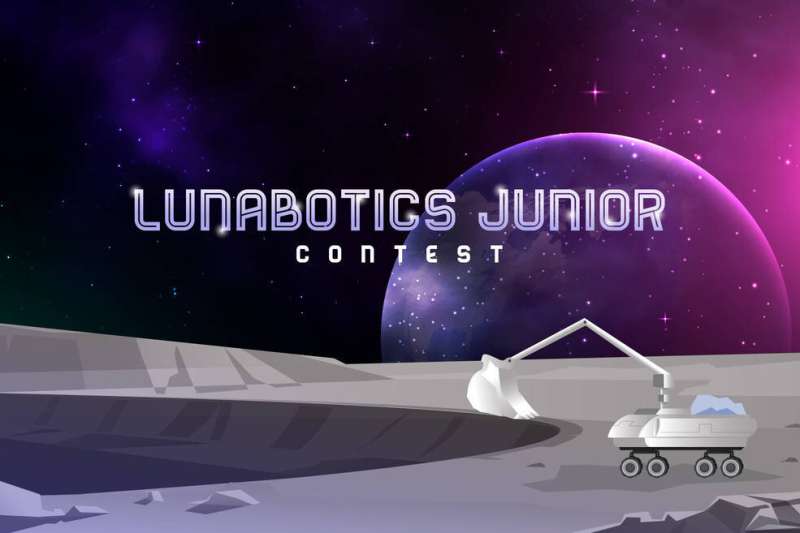25, 2022.
"Extracting resources in deep space will require innovation and creativity, and students are some of the most creative thinkers," said Mike Kincaid, NASA's associate administrator for the Office of STEM Engagement. "The next generation always brings new perspectives, inventive ideas, and a sense of optimism to the challenges NASA puts in front of them. I'm really looking forward to seeing the designs they submit to Lunabotics Junior."
While students are not tasked to build a robot, they are asked to envision a robot design that is no larger than 3.5 feet by 2 feet by 2 feet and that addresses three main design features: How the physical design of the robot will enable it to scoop/dig and move the lunar regolith; whether the robot will operate by moving large amounts of dirt per trip or by transporting less dirt over more trips; and how the design and operation of the robot will meet the big challenge of lunar dust that is stirred up and can "stick" to surfaces when lunar regolith is moved.
Students can sign up individually or teachers can register their entire class. Entries will be split into two categories—grades K-5 and grades 6-12. Ten semifinalists will receive a Lunabotics Junior prize pack and four finalists from each category will win a virtual session with a NASA subject matter expert. The winner from each category will be announced March 29, 2022, and will be awarded a virtual chat for their class with Janet Petro, director of NASA's Kennedy Space Center in Florida.
NASA and Future Engineers also are seeking volunteers to help judge the entries from around the country. U.S. residents interested in offering approximately five hours of their time over a 10-day period can register to be a judge at: www.futureengineers.org/regist … dge/lunaboticsjunior
Artemis Student Challenges create unique opportunities for a diverse group of students to contribute to NASA's work in exploration and discovery while celebrating their creativity and innovation.



